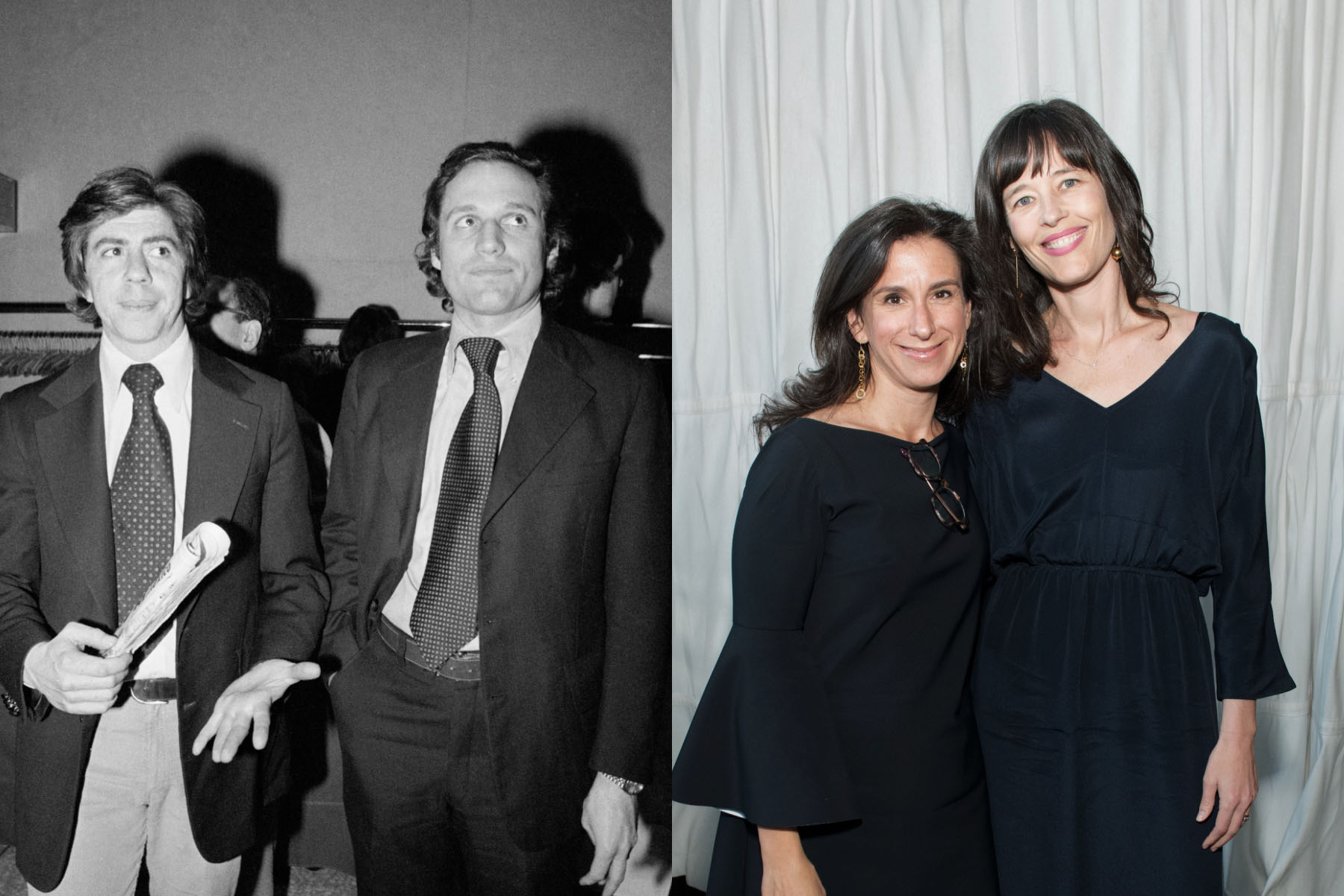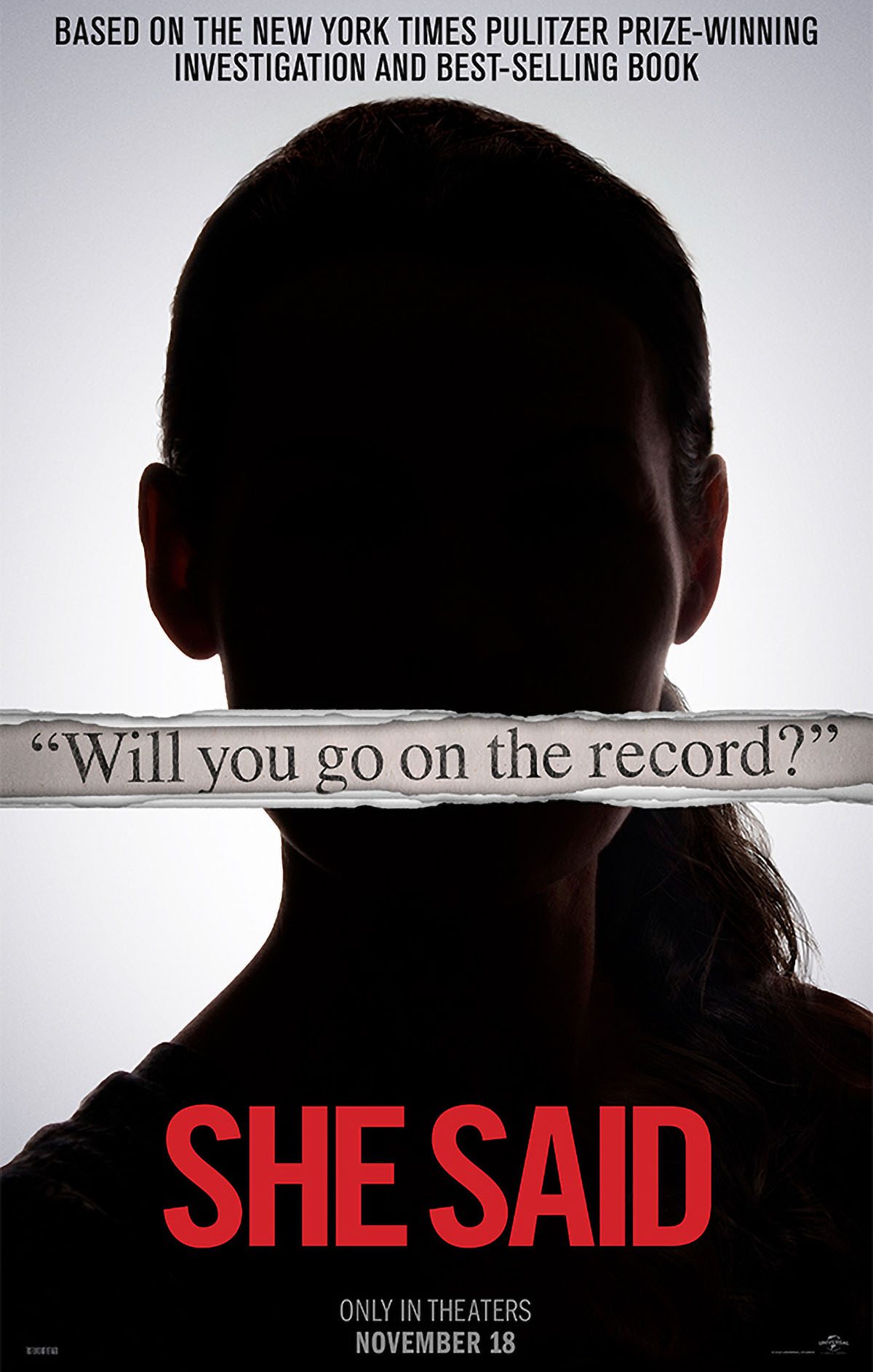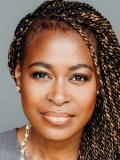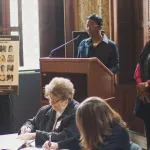Read a bi-weekly column from The 19th’s editor-at-large, Errin Haines, every other Friday. Delivered straight to your inbox.
For nearly half a century, Bob Woodward and Carl Bernstein have stood alone as singular figures in journalism.
As young reporters at The Washington Post in the 1970s, the duo broke open the Watergate scandal and took down a U.S. president. In 1976, their story became Hollywood legend in the film “All the President’s Men,” which debuted at number one at the box office and rivaled “Rocky” for Best Picture at the Oscars.
It is hard to overstate the film’s impact on the country’s imagination and the profession of journalism, launching an untold number of young Americans into newsrooms. Portrayed as charming and earnest in their dogged pursuit of truth and justice, Woodward and Bernstein became the gold standard — and default setting — for what a journalist looks like and who in the industry was deserving of glory. It was a standard that was and has largely remained White and male.
After more than four decades, a new story is now being told. “She Said” opened in theaters on Friday, telling the story of New York Times journalists Megan Twohey and Jodi Kantor, played by Carey Mulligan and Zoe Kazan, as this film’s Woodward and Bernstein, toppling not a president, but Hollywood mogul Harvey Weinstein.

Their monthslong reporting beginning in 2017 on allegations of sexual harassment and assault helped reignite the #MeToo movement and led to more than 80 accusations against Weinstein. He was convicted in New York and sentenced to 23 years in prison, and is currently on trial facing additional charges in Los Angeles. Their piece kicked off a slew of other investigations: In the months that followed, various outlets reported on similar conduct in entertainment, media, sports and politics, leading to a reckoning in workplaces across the country and changes in some state laws.
“She Said” is poised to be this generation’s answer to “All the President’s Men.” But will audiences see it that way?
“[Woodward and Bernstein] have been put up on a pedestal forever, and these two massive stars that in that movie really defined an era,” said Melissa Silverstein, founder and publisher of the site Women and Hollywood. “Everybody cared about this. It was a big Hollywood movie, and it endures. I think ‘She Said’ will endure also, but the problem with ‘She Said’ is I don’t think people care about the subject.”
Silverstein pointed to the $30 million film’s abysmal debut, grossing just over $2 million at the box office in its opening weekend, as evidence of the lack of interest in such stories.
Still, centering Twohey and Kantor and their journalism on the big screen affirms the value of representation in the industry and society, showing women in the profession as relentless, fearless and commanding.
Though there has been progress, today’s American newsrooms are still too White and too male. According to the 2022 American Journalist Study, the percentage of women journalists is double what it was in 1971 but has increased only slightly over the last decade, to 40.9 percent in 2022 compared to 37.5 percent in 2013. Journalists of color in the United States are also more likely to be women.
While “All the President’s Men” often glamorized journalism, “She Said” shows both women as married mothers of young children, balancing the demands of their jobs and home in ways we rarely see professional men doing. Twohey, played by Mulligan, is also grappling with postpartum depression after the birth of her daughter while navigating her career.
It’s also a fresh take on the dynamic between Robert Redford and Dustin Hoffman — who played Woodward and Bernstein in “All the President’s Men” — with “She Said” displaying the power of sisterhood in the newsroom that includes their editor and advocate, Rebecca Corbett. Women are a dominant through line in the film, from the actors and real life subjects, to director Maria Schrader and Rebecca Lenkiewicz, who wrote the screenplay based off of a book by Twohey and Kantor.

Like Woodward and Bernstein, Twohey and Kantor pushed for this story even as it stalled or they hit dead ends. Their work was the result of months of painstaking and empathetic reporting to unearth documents and gain the trust of women who were sharing traumatic experiences at great personal, financial and emotional risk to themselves.
In the film, we see them seeking to tell a different story about the intersection of power and gender in American society, empowering women robbed at a young age of their agency and autonomy by a serial predator and the system that enabled him for decades — raising questions about who challenges power and whose story matters.
“She Said” is a big screen reminder that women can be American heroes, too.






